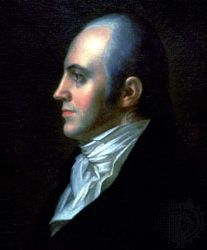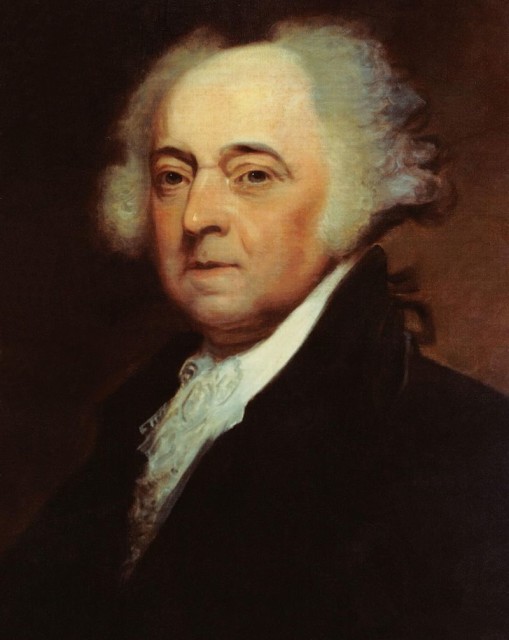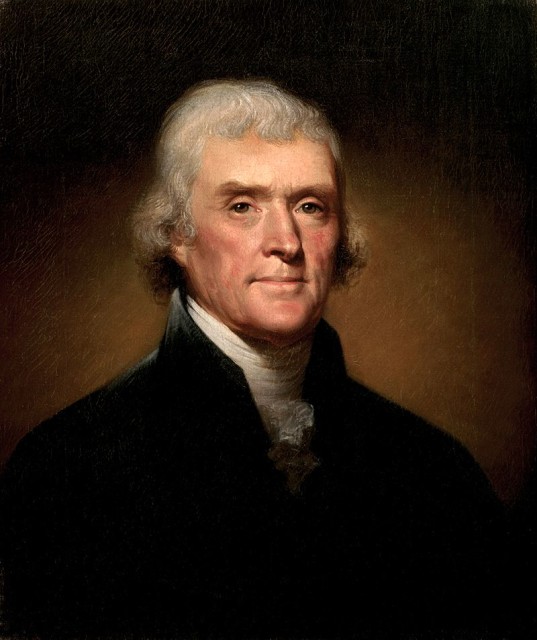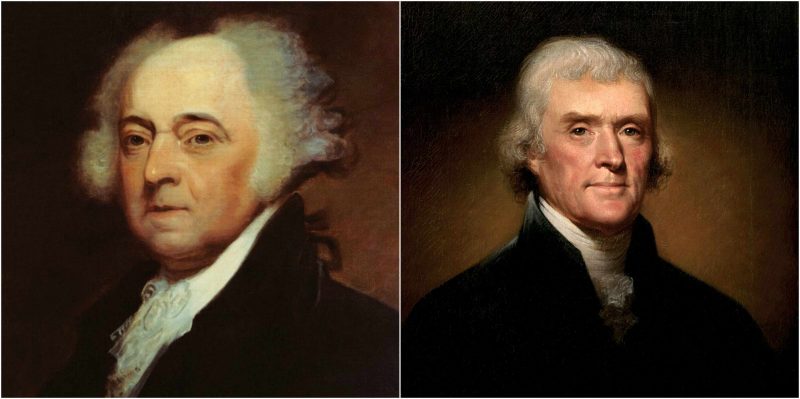There have been plenty of close elections and caucuses of late, but controversy over which candidate wins by the smallest of margins is nothing new; that has been occurring in American politics since the days of our founding fathers. It was the election of 1800, and the country came close to electing Aaron Burr instead of the legendary Thomas Jefferson. This election was the scene of four men running for president, just three years after George Washington started his final term.
John Adams was the current president and was vying for the position once again. The Vice President, Thomas Jefferson, entered the race on a separate ticket with Charles Pinckey as his running mate. On the Republican side, they chose Aaron Burr as their second choice.

In those days, the process of choosing a vice president was very different. Today we automatically elect the chosen running mate. However, back then the custom was to award the man with the most electoral votes the presidency, and the man with the second most votes became the vice president. Party lines and “official running mates” were not part of the political process. That is how Federalist John Adams ended up with Democratic-Republican opponent Thomas Jefferson as his Vice President after the election in 1796.

The votes were cast on November 4th, 1800, and it was evident that Jefferson and Burr had come out as the top two winners. Thomas Jefferson and his Democratic-Republican Party should have been happy, but there was a problem. Jefferson and Burr had received 73 electoral votes each. It was a tie.
The House of Representatives had to step in and determine how to break the tie. On Wednesday, February 11, 1801, they met, and the first ballot resulted in a deadlock. Jefferson needed to obtain a nine state majority to win, but he only got eight. Burr won six. The second and third ballots had the same deadlocked result as well. After several days of voting, there had been more than 30 ballots cast with neither candidate coming up with the majority. A solution had to be reached, for the term of John Adams came to an end on March 4th; otherwise, the United States would be without a commander-in-chief until the body of Congress could figure out what to do. Congress was not set to convene until December, and nine months is far too long for a country to operate without a leader. Plus, the United States was still brand new at that point in history.

Finally, on February 17th, the House of Representatives had a breakthrough. A group of Federalists realized that they had to agree in order to facilitate a peaceful transfer of power. This is the accepted story in history, but there has been plenty of speculation that Jefferson engaged in some schmoozing in order to secure his spot as President. It is impossible to know for sure, but the result of ballot number 36 yielded ten votes for Jefferson, four for Burr, and two which were undecided.

Two weeks later was the end of Adam’s term. On March 4th, Thomas Jefferson was inaugurated and became the third president of the United States of America. Aaron Burr was his Vice President. While serving as the VP, Burr shot and killed Alexander Hamilton during an infamous duel. He never ran for a second term in office, and years later he was charged with treason related to a separate conspiracy. It seems that politics has always been twisted, controversial, and packed with drama.
